- Mahsa S. Y.
- information
- 1892 views
- 3 comments
The ancient city of Hamadan is one of the oldest cities in Iran. It is located in the geographical west of the country and the province with the same name. Because of its historical and tourist attractions, Hamadan is the capital of Iran's history and civilization. So, the beautiful city of Hamadan is one of the recommended cities for tourists who travel to the eastern world.
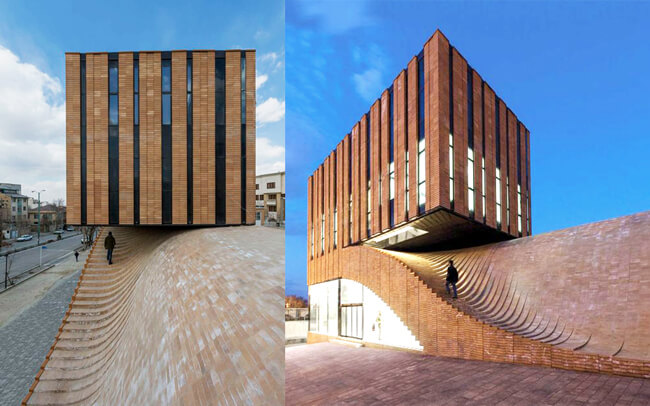
The history of Hamedan
The building of Hamadan is attributed to Diaco, king of the Medes, who lived 700 years before the birth of Christ. This city has had different names; Herodotus mentioned in his book that the king of Medes chose this place, Hegmetane and Ecbatana, as his capital. The word Hegmataneh is an Iranian word that means the place of gathering, and its Elamite word (Hel Mateh Neh) means the land of the Medes. But in the inscriptions left by the Assyrian kings, which date back to eleven centuries B.C., this city was known as Anadana or Hamedana. Hamedan was destroyed during the reign of Bakht al-Nasr but was rebuilt by order of Darius the Great. During the Parthian kingdom, when Tisophon was the capital of Iran, Hamadan was the residence of the Parthian kings in the summer.
Also, during the Sassanid period, the kings built their summer palaces. In the 12th century, Hamedan was the capital city of the Seljuks for fifty years, but with the brutal attack of the Mongols, this city became a ruin. Mughals rebuilt Hamedan, But again, it was invaded by the Umar, and then, it was the turn of the Timurid dynasty to ruin the city. Finally, during the Safavid era, Hamadan was settled. After the Safavids' extinction, Hamedan was taken over by the Ottoman Shah, Ahmad Shah, and after six years, Nader Shah Afshar took it back. After Nader Shah, this city was attacked a lot Until it was wholly annexed to Iran in 1145 AH. Maybe it is because Hamedan was on the Silk Road.
The following picture shows the tomb of Avesina, designed by the great Iranian architect Houshang Seyhoon, who is also well-known for his brilliant Persian architectural designs.
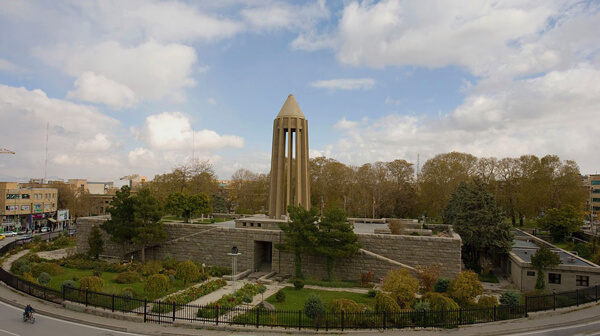
Cyrus Crafts; Luxury & Unique Products
Where to visit on our trip to Hamadan
Hamedan is full of tourist attractions, even more than Toronto's tourist attractions, so set aside more than a few days for your trip to Hamedan to see as many of these sights as possible. One of the first remarkable features of this beautiful city is the city map. In 1928, "Karl Frisch," a German architect, designed a map for the old Hamadan. After reviewing the aerial map of Hamedan, Farish realized that this city is one of the few circular and concentric cities. So, he designed a radial map centered on a field in the Baroque style (an architectural style in the 19th century). Six streets from this circular central square are branched, and six main streets are connected parallel to the city's main square. The boulevards cut them off in the form of the first and second rings, which is unique. And there are two domes at the beginning of each main street, so there are 12 silver domes around the central square. This section introduces the main tourist attractions of Hamedan.

1. Remains of the Ancient Hegmatane
The ancient historical city of Hegmataneh, a remnant of the Median period, is located near the center of Hamadan on the Hegmataneh hills; it has been turned into a museum. In this beautiful ancient city, you can travel to the heart of history, see many ancient artworks and antiques, and learn about the culture and customs of the Aryans.
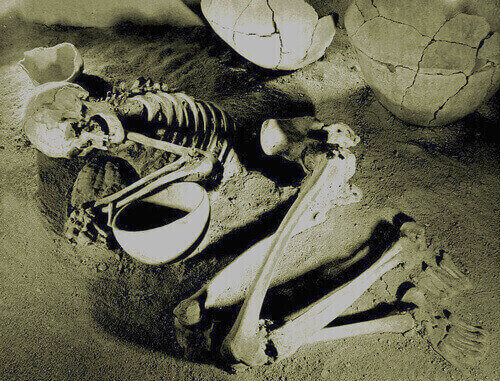
2. Ganj Namah
Hamedan Ganjnameh leisure, tourist and sports complex is located in Ganjnameh square, five kilometers west of Hamedan city and Alvand mountains. The pleasant climate of the mountains, the valley of Elvand and the beautiful landscape of Mishan Plain have created a unique attraction. This collection includes several tourist attractions you must visit for a whole day. Don't miss these three things on your trip to Ganj Name:
- Ganjnameh inscription: Ganjnameh inscription contains two cuneiform inscriptions; Darius I wrote the first one, and Xerxeshah I wrote the second one, and their translation, respectively:
The text of Darius I's the inscription: "Great is Ahura Mazda, who created this earth, who created that sky, who created people, who created happiness for people, who made Darius king, a king of many and a ruler of many. I am Darius, the great king, the king of kings, the king of the lands that have different races, the king of the far and distant land, and the son of Achaemenid Vishtasab.
The text of Xerxeshah's inscription: "Great is Ahuramazda, who is the greatest of gods, who created this earth, who created that sky, who created people, who created happiness for people, who made Xerxes king, the only one among many kings, The only ruler among countless rulers. I am Xerxes, the great king, the king of kings, the king of countries with many nations, the king of this tremendous far-off vast land, the son of Darius, the Achaemenid king.
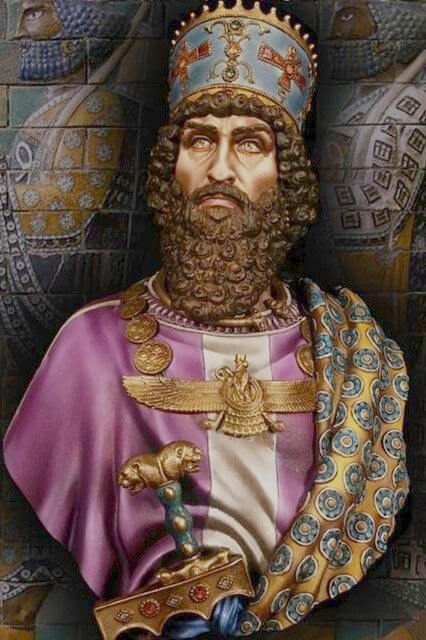
- In 538 B. C., Cyrus the Great, the greatest king of the Persian Empire, compiled the first human rights laws and recorded them in cuneiform on his famous cylinder. Years after, his descendants Xerxes and Darius also wrote the inscriptions of Ganjnameh in their summer capital, Hamedan.
- Ganj Nameh Waterfall: Ganjnameh natural waterfall, which originates from the rivers of Elvand mountain, is beautiful, and you can go rock climbing around it. You can always go further down the trail and watch this towering waterfall that flows year-round. Even, In winter, when parts of the waterfall freeze, there is also a tiny flow of running water.
- Ganjnameh Tourist Village: In the Ganjnameh Tourist Village, you can use the cable car, rail sled, amusement parks, and eat various Iranian meals in restaurants. Another attraction around Ganjnameh is Ganjnameh Cave Aquarium, an artificial cave inspired by Ali Sadr Cave. The height of this cave is 15 meters, and the first floor is for aquatic animals; the next floor is for reptiles and rare animals.
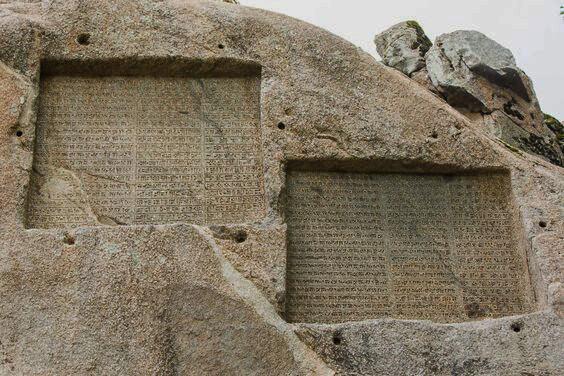
3. Ali Sadr Cave
Did you know that the most extensive water cave in the world is located in Hamedan? The cave has many winding corridors, and you can spend half a day inside it on foot or by boat. Moreover, the cave's temperature is 20 degrees Celsius every day, both in summer and winter.
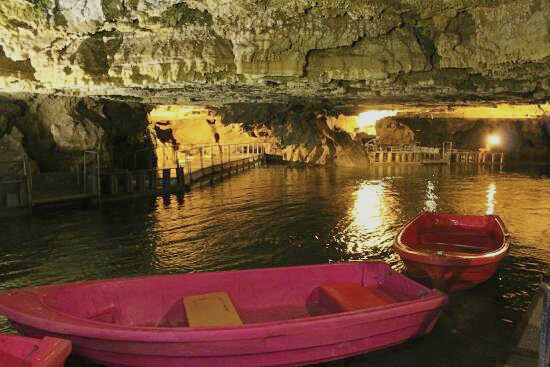
4. Tomb of celebrities
Abu Ali Sina, a doctor and scientist, Babataher mystic and poet; Ain al-Qadat, poet and mystic; Arif Qazvini, Haiqouq Nabi, Sheikh Fakhreddin Iraqi, Mirzadeh Eshghi, Arif Qazvini, Maftun Hamadani, the Ghobar and Ghamam of Hamedani have born, grown, or died in this city.
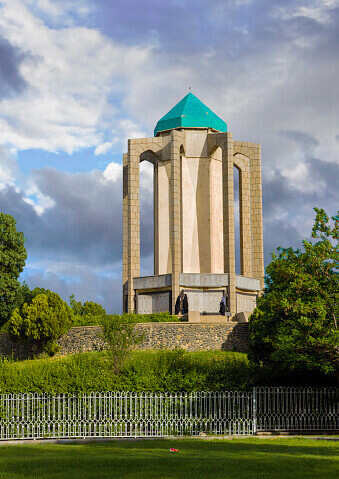
5. Religious places
Iran has been hosting diverse cultures for a long time. In Iran's culture, people of different religions have always lived together in Iran. In Hamedan, there are also interesting historical buildings related to different religions, among which we can mention the following: Temple of Laodicea, Fire Temple of Bahram, Esther & Mordecai Tomb, which is very valuable for Jews, Christian churches including Gregor Stephen Church, Protestant Church, Mary Church Holy place in Hegmatane city, Hamedan church, and mosques and tombs of Muslim religious people such as Imamzadeh Yahya, Imamzadeh Mohsen, Imamzadeh Abdullah, Imamzadeh Hossein and so on.
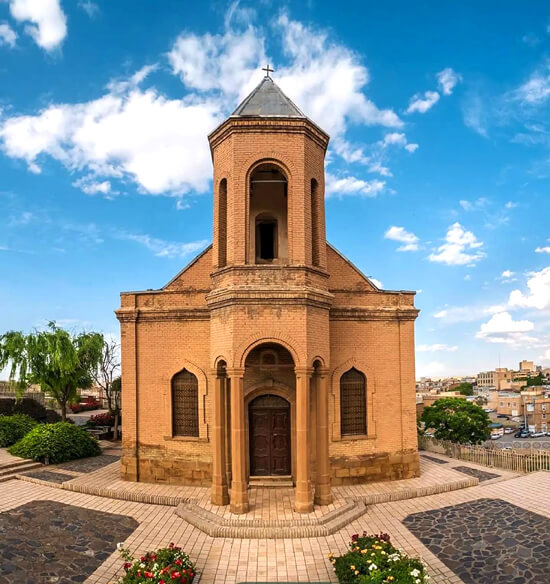
6. Shirsangi
This sizeable historical statue, built during the Sassanid or Parthian period, was located at the city's entrance as a symbol of the city guard. Unfortunately, it has been slightly destroyed today due to being exposed to the effects of the weather.
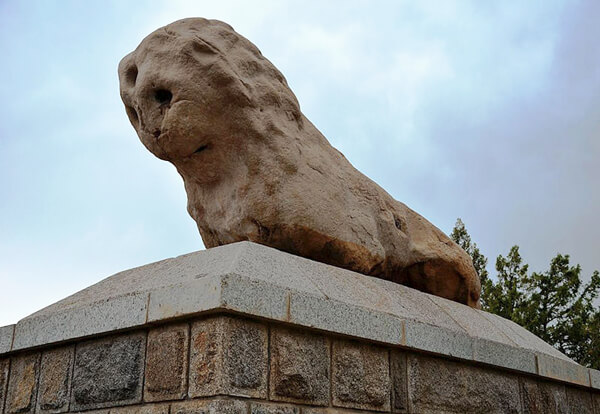
7. Natural Landscapes
Hamedan province is full of attractions like Sarab Gyan, Moradbeg Valley, Pir Suleiman Lagoon, Alvand Peak, Qara Chai River, caves such as Joq Castle, Hizaj, Aq Ghalia, Qori Qala, Zina Valley, Inferno Valley, Pisa Hill, Mosli Hill, Gamasiab Road, Gunspan Ancient Hill, and Farshe Spring. The province of Hamadan is one of the habitats of many kinds of wildlife due to its high and mountainous nature, such as goats, goats, rams, sheep, foxes, weasels, brown bears, common partridges and other types of birds.
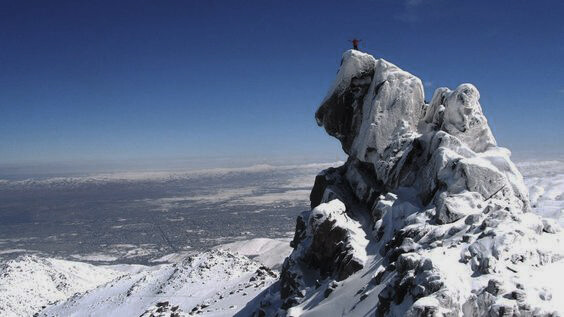
8. Historical Buildings
Hamedan's main historical places are Qurban Tower, Alaviyan Dome, baths such as Amir Afkham Hammam, ancient buildings such as Ibn Salah Hamadani Observatory, Iskandar's Tomb, Shahbazian House, Shah Abbas Reservoir, Haj Inayat Hill, Qalamdani Palace, Golshan Caravanserai, stone villages, Bagh Nazar Mansion, Qalamdani Palace, Dokhtar Castle, Broken Bridge, Jahanabad Bridge, Forty Minors Castle, Museums like Bu Ali Museum, Hamedan Natural History Museum, Hermitage Museum, the theoretical museum.
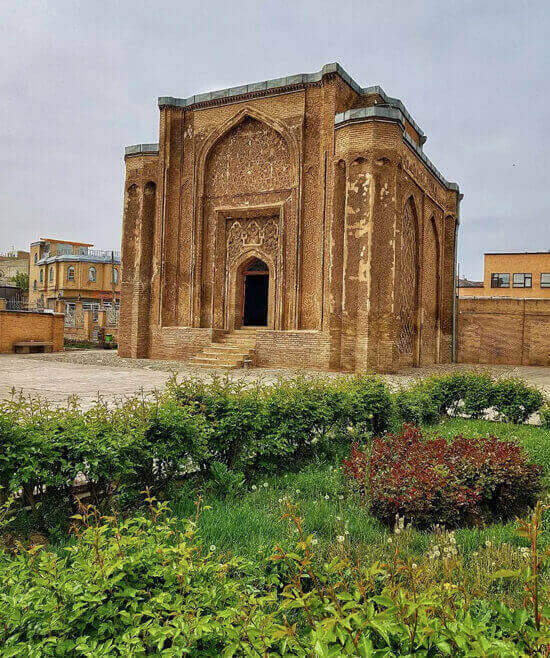
Hamedan Souvenirs
Hamedan, the history and culture capital city of Iran, is full of unique Iran souvenirs. Some of them are mentioned briefly in the following:
Handicrafts
Iran and Hamadan Handicrafts are uncountable in variety; here, we mention only the most famous ones:
- Pottery: Laljin town is registered as the world's capital of pottery. For this reason, pottery is considered the most crucial handicraft industry in Hamedan.
- Carpet: Iranian hand-woven carpets have particular designs, patterns, and colors, and they are made in each city of Iran. Hamadan is one of the most important provinces in the field of carpet weaving, and carpet design masters always design exquisite and diverse handmade carpets and rugs. In addition to the carpets used on the floors of the houses, you can also buy the most beautiful wall rugs from Hamedani carpet-weaving artists.
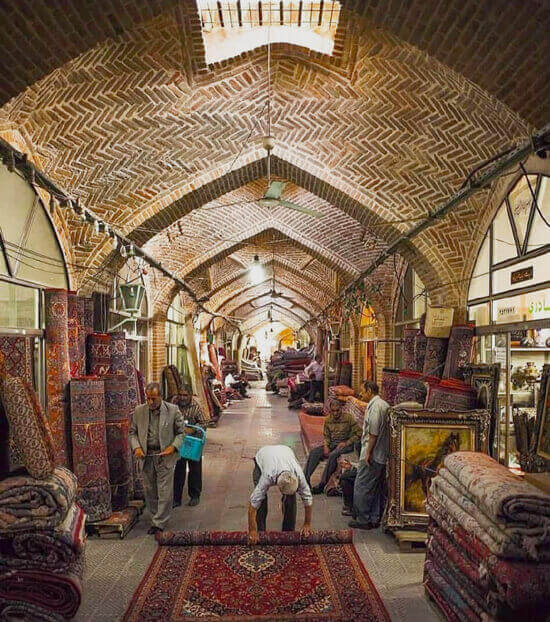
- Woodcarving: In Hamedan, wood inlay furniture, especially woodcarving sofas, is among the most beautiful. Many other wooden carved products are also popular.
- Leather: Tanning and leather embroidery are among the other traditional art crafts of Hamedan. On your trip to Hamadan, you can buy all kinds of leather goods, such as clothes, shoes, bags, and other accessories.
- Jewelry Making: There are countless mines of precious stones in Hamedan province, which are used to make all kinds of jewelry, such as rings, earrings, necklaces, etc. The precious stones carved by jewelers in Hamedan are Blue Ruby, Chiastolite, Starlite, Hadid Takht, Mangano Almandon, milky quartz, rose quartz, epidote, and kyanite. If you are interested in the subject of the body's energy centers, you can use some of these stones, known as chakra stones.
- Artworks: Other handicrafts such as painting, enameling, making copper dishes, and other things are also produced in Hamedan and are sold in the beautiful traditional historical market of the city, which has different sections, including the Handicrafts section, which you can use for the interior design of homes.
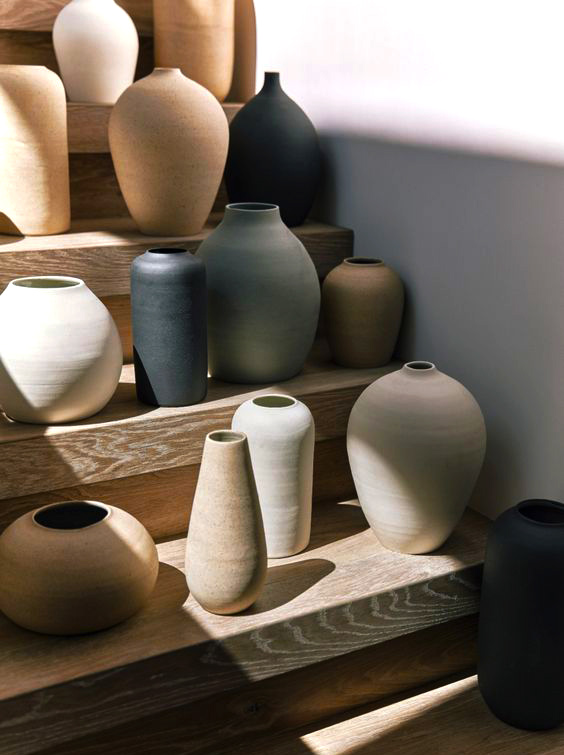
Foods
Iran is a paradise for tourists interested in food. Iran has very diverse climates with a variety of tasty foods. Hamedan, one of Iran's oldest cities with a pleasant climate, is no exception to this rule. If we want to divide edibles into three categories of natural products, meals, and snacks, we can generally place the essential edible products of Hamadan in these three categories:
- Herbal products: Hamedan is built in a high and mountainous area, so medicinal plants are among the province's most important products. Furthermore, agricultural products such as garlic, grape syrup, raisins and currants, walnuts, and mountain honey are also among the most prominent products of Hamedan.
- Hamedani Foods: Hamedan local dishes include Hamedan rice soup, Hamedan Qorme soup, eggplant soup, Omaj soup, carrot and barley soup, dry fruit soup, Hamadani pepper soup, eggplant stew, fruit soup, sumac soup, shell soup, Qaisi Ash, Pickled Ash, Shell Petle Ash, Daisy, Hamadani Kufte, and Ash Kachi pointed out. During your trip to Hamedan, make sure not to miss the Sardashi kebab; Sardashi, also known as Serdashi, is one of the most popular Persian kebabs in Hamadani.
- Sweets: Baking sweets has been popular in all cities of Iran since the distant past, and each region of beautiful Iran has its types of sweets. Hamadan's most popular and oldest sweets are Komaj, Nan Shirmal, Halvazardeh, Angosht Pich, and Tarhalwa.
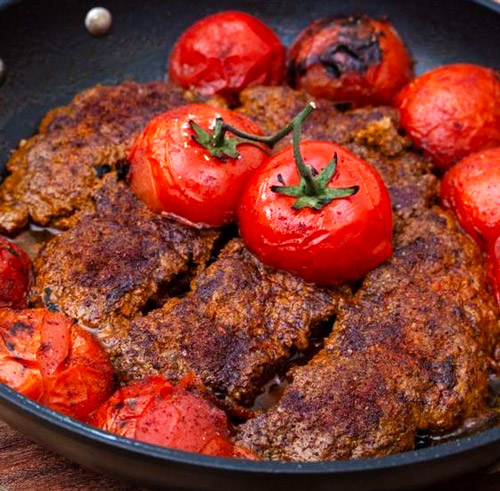
Suppose you travel to Hamedan after reading this article. In that case, we must remind you that you will need warm clothes in Hamedan from early September to late March, especially in December, January, and February. But if you cannot travel to this beautiful province for any reason, don't worry. By collecting handicrafts and souvenirs from Iran cities and presenting them on the website, the CyrusCrafts team has provided this opportunity for you in America and Canada that just by filling out the order form, order your favorite products and get them delivered at the fastest time and best price.







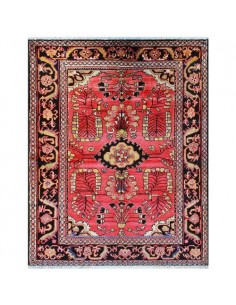

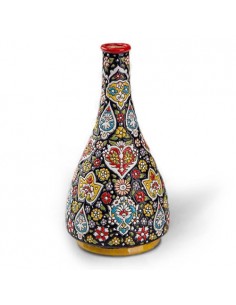

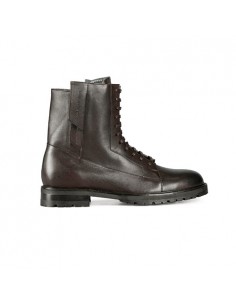

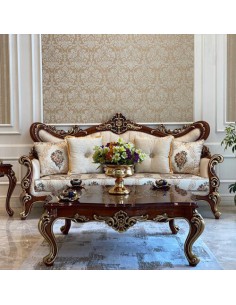

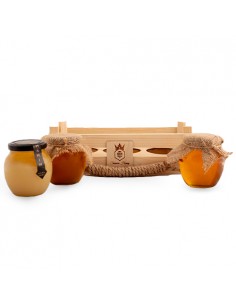

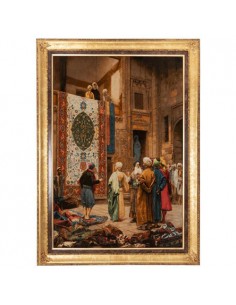

Comments (3)